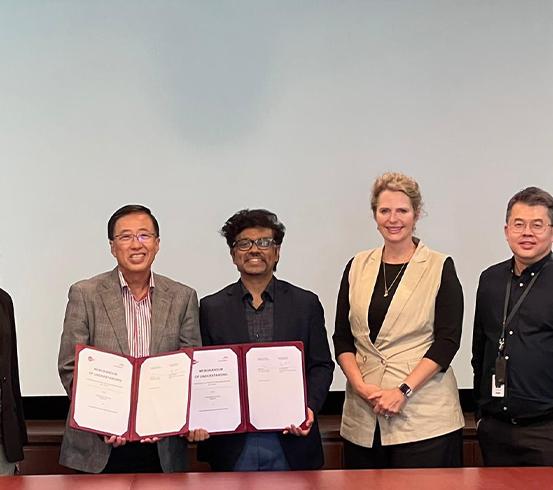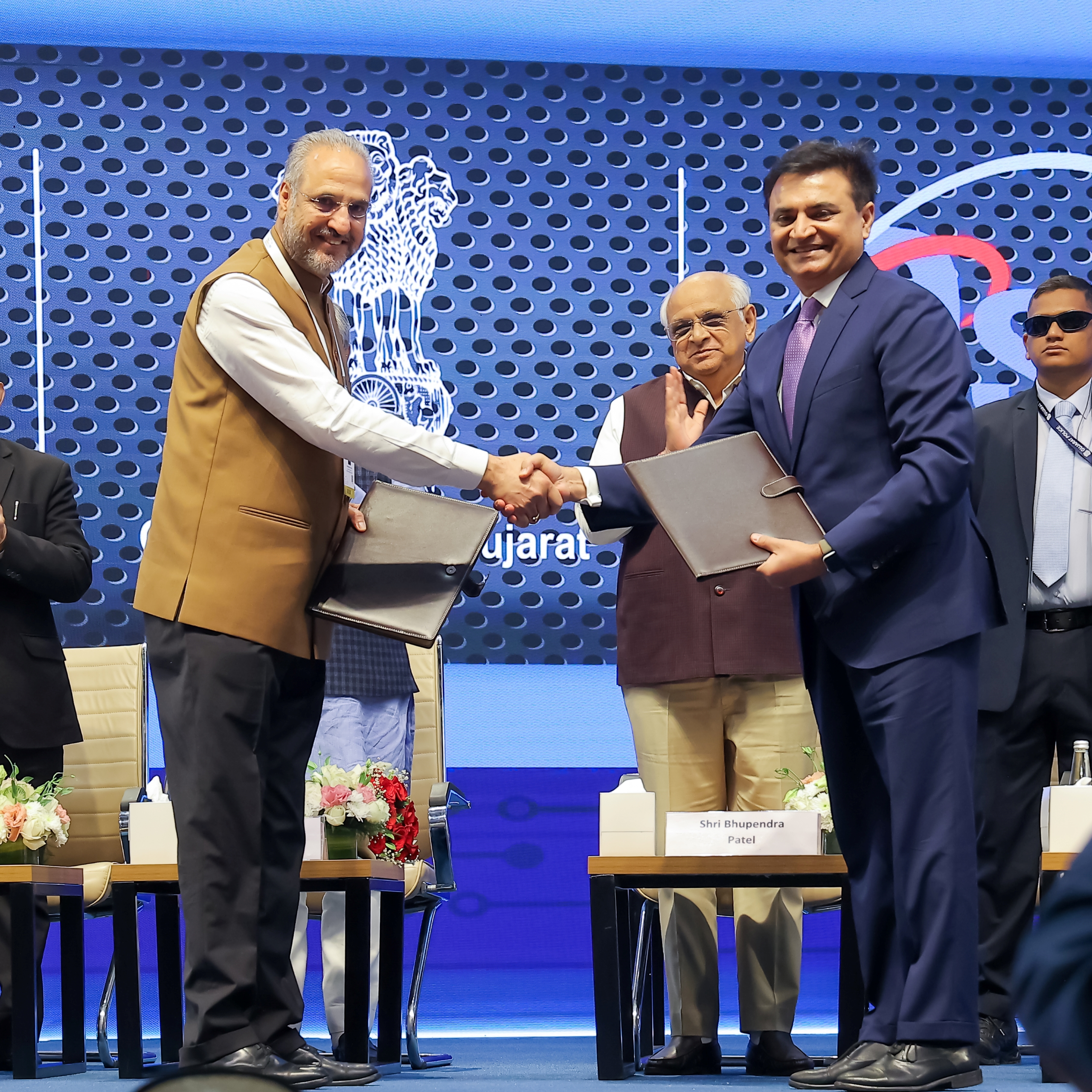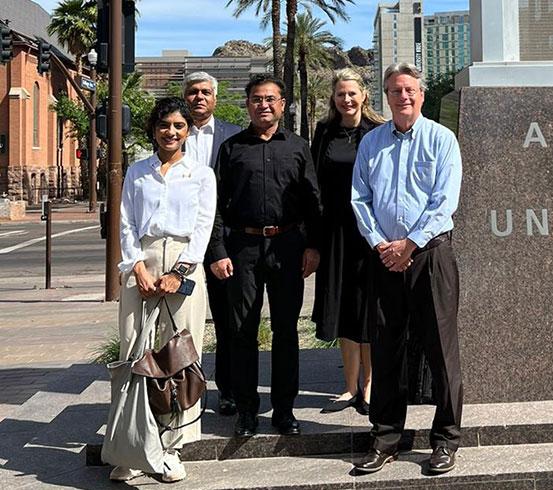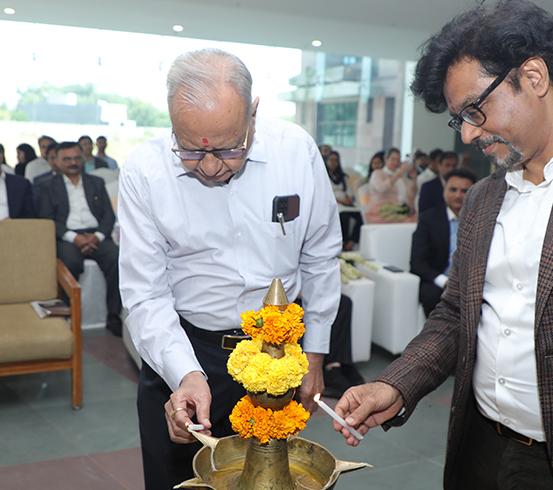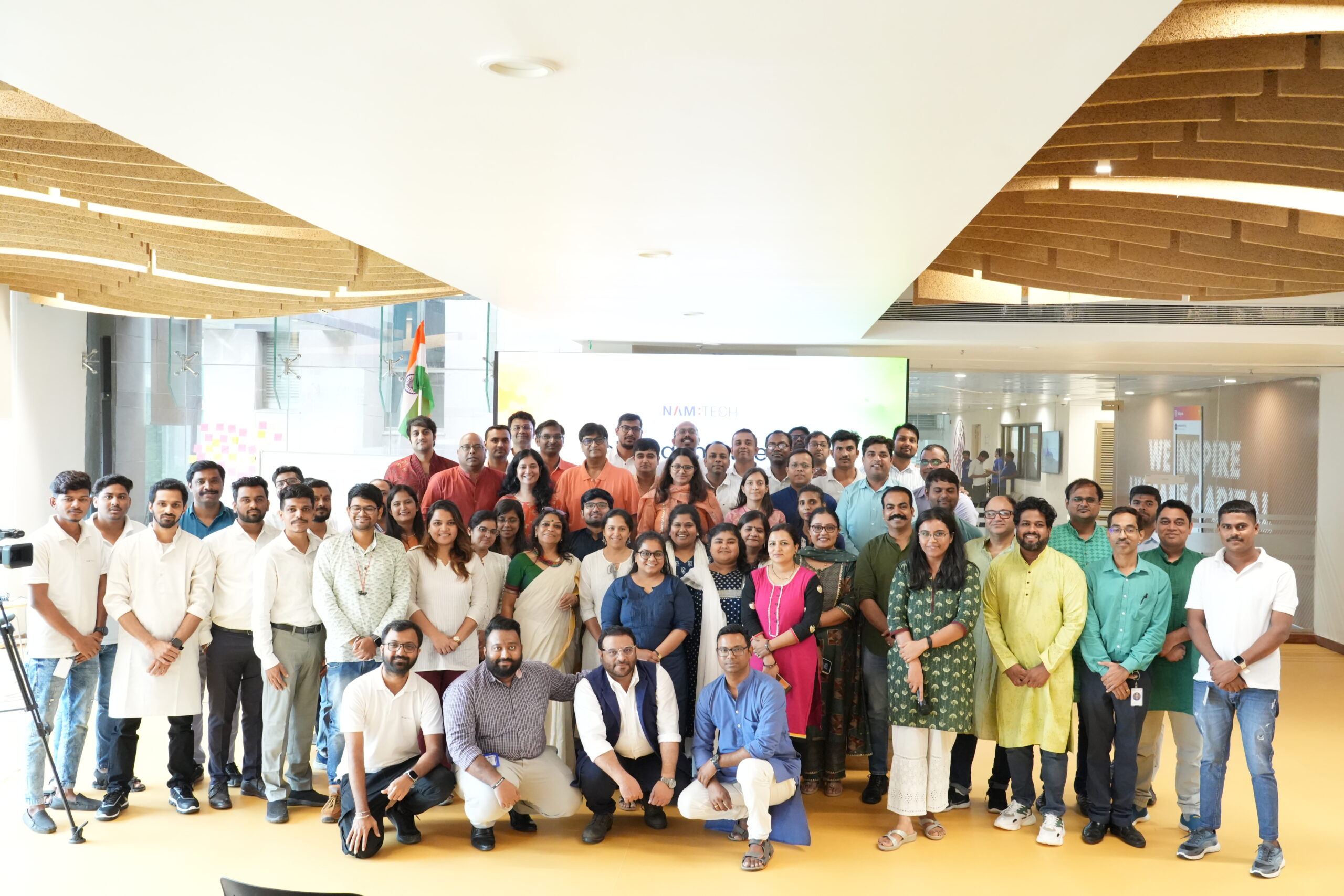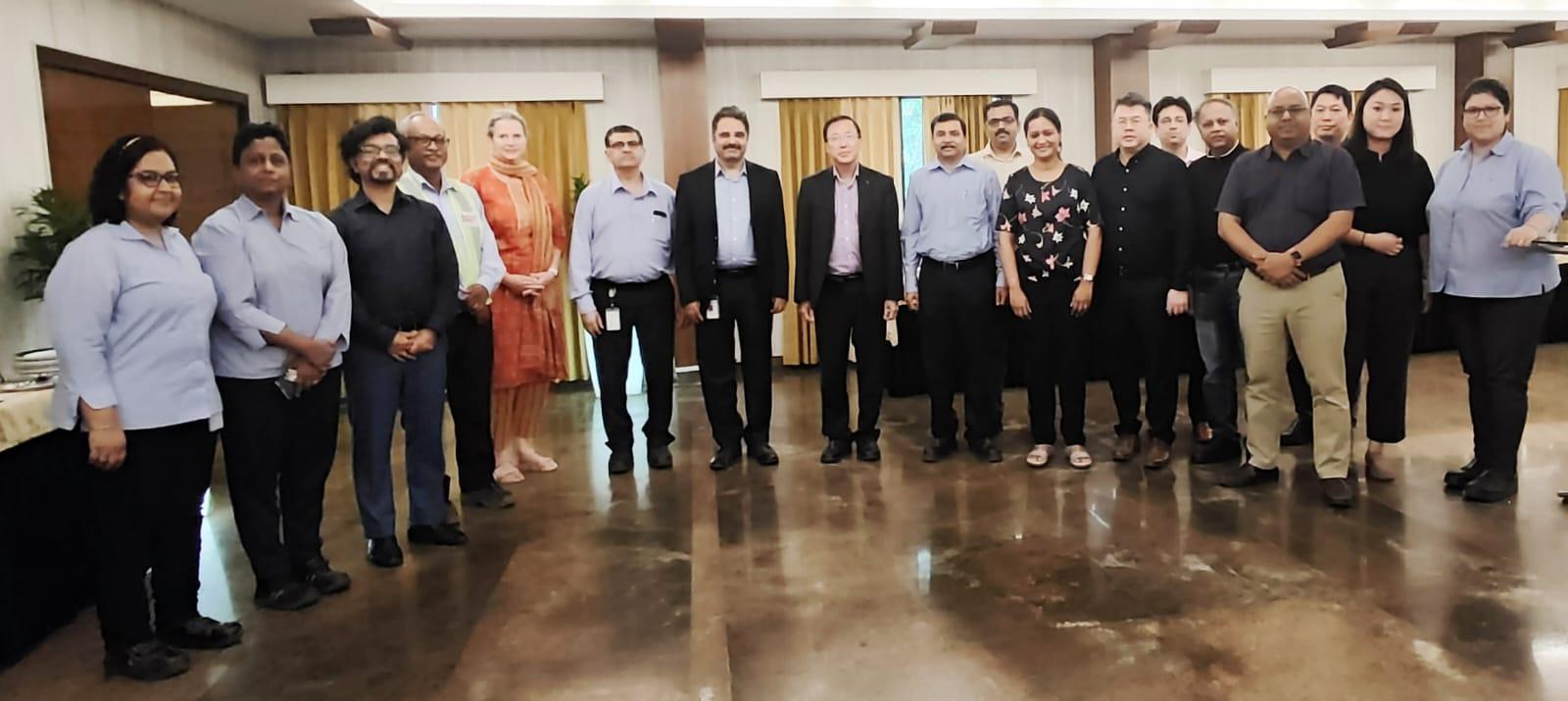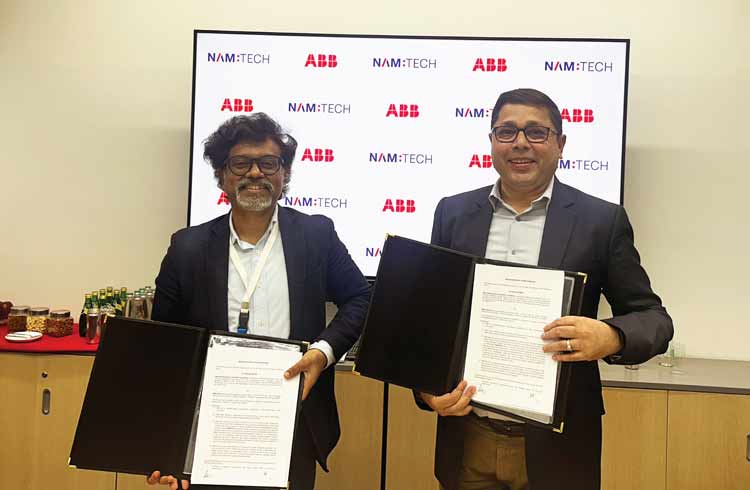Manufacturing is considered the backbone of a country’s economic and social development. From employment and the entrepreneurial ecosystem to GDP, it significantly contributes to major aspects of an economy.
Here, we will explore the importance of manufacturing in the context of India and India’s rising stature in the global manufacturing scene after the world realised the need for China+1 or the potential repercussions of over-dependence on one country during the lockdown, negative growth, recession, and other related events amid global politico-regional tensions.
India stands at a vantage point with global companies looking for a place beyond China, a demographic dividend with a comparatively young population, advanced manufacturing education, and a stable government at the centre with a majority for ten years (2014-2024) and coalition in its third term (2024-2029). Impressive manufacturing numbers across the spectrum and rising MSME base paint a rosy picture for the future of manufacturing for India in Industry 4.0.
(Registered MSME units registered on the Udyam portal including the Udyam Assist Platform stand at 4,00,42,875 which constitutes around 36% of India’s manufacturing sector.)
Let us go through crucial highlights of India becoming a factory of the world with supporting facts and data.
India’s Manufacturing Engine is Revving Up: Recent Developments to Substantiate the Same
- Major investments in greenfield and brownfield projects by leading national and international MNCs, including Siemens, GE, Samsung, Maruti Suzuki, Apple, Micron, Microsoft, ABB, TATA Group, Kia, Boeing, etc
(A Greenfield project in manufacturing refers to a new construction project from scratch. A Brownfield project is when an organisation uses an existing facility to commence new manufacturing or upgrade it for Industry 4.0 or beyond technologies.)
Students exploring BTech Computer Science scope in the era of smart manufacturing should explore new-age courses like iPMP in Smart Manufacturing from NAMTECH. Explore its differentiators and begin a career with exceptional rewards in the future.
- Coming back to India’s rising prominence as a global manufacturing powerhouse, there has been a significant rise in foreign technical collaborations during the last five years, especially in smartphones, electronics, and food processing sectors, with major technology transfer partners in the US, Germany, and Japan. India has shown its manufacturing capabilities and changed global perceptions with the rapid production of pharmaceuticals during the COVID-19 era.
- The Indian pharmaceutical manufacturing industry is the third largest worldwide in terms of volume and 13th by value. Indian pharmaceutical companies manufacture more than 60,000 generic drugs across 60 therapeutic categories, which is around 20% of the global supply in the generic drugs segment. We supply over 40% of the generic drugs in the US market and manufacture over 50% of the world’s vaccines.
- The Indian pharmaceutical industry comprises a network of 3,000 drug companies and over 10,500 manufacturing plants or units. India’s revenue from export of pharmaceutical products for FY 2022-23 was $25.3 billion. Explore BTech scope with an advanced smart manufacturing program from NAMTECH and leverage opportunities in thriving pharmaceutical manufacturing.
- Electronics manufacturing has adopted Industry 4.0 technologies in a major way to upgrade its manufacturing process, enhance productivity, and ensure a safe and efficient manufacturing ecosystem. Electronic goods exports from India were $2.65 billion in April 2024, compared to $2.10 billion in April 2023.
- EMS (Electronics Manufacturing System) is growing, driven by the PLI scheme, a shift from plain vanilla contract manufacturing to Original Design Manufacturers (OEMs), a focus on smart manufacturing supported by advanced manufacturing education, a higher share of outsourcing in India, and the ecosystem to boost exports.
- Consumer durables and smartphones constitute the largest chunk of this evolving electronics manufacturing industry in India. According to the EY report, EMS players are now focusing on design, innovation, and PCB assembly while shifting focus from the traditional box-build ecosystem.
- India has become the second largest smartphone manufacturer in the world after China. India sent smartphone shipments worth $15.6 billion with an impressive 42% growth in the FY 2023-24. (Source: Ministry of Commerce)
- Beneficiaries of the Government’s PLI scheme, Apple’s suppliers Foxconn, Pegatron, Wistron India (now Tata Electronics), and Samsung contributed significantly to India’s rising manufacturing base in Industry 4.0 and increasing smartphone export bill to the US, UAE, and other countries. In 2024, there are over 250 smartphone manufacturing units operating.
This is an excellent opportunity for students to pursue industry-specific masters and explore highly rewarding careers at prominent national and international MNCs right here in India.
Another notable sector that has adopted Industry 4.0 technologies significantly and registered phenomenal growth in manufacturing is the automobile industry.
With a production of 28.43 million vehicles in FY 2023-24, the Indian automobile market has become the third-largest in the world. It includes passenger vehicles, commercial vehicles, two-wheelers, three-wheelers, EVs, and quadricycles. Major players in Indian automobile manufacturing are Tata Motors, Mahindra & Mahindra, Maruti Suzuki, Hyundai, Toyota, Kia, MG Motors, and Honda.
India has also become a notable player in luxury vehicle manufacturing. Several OEMs have made India their base for export to Africa, South Asia, and other geographies. Here are some luxury brands and their plants in India.
- JLR- Pune
- Mercedes-Benz- Chakan
- BMW- Chennai
- Audi- Aurangabad
- Volvo- Bengaluru
- Rolls-Royce- Bengaluru and Pune (Engineering centres)
Conclusion
The growth of Indian manufacturing is phenomenal and is evident from shared facts and data. However, becoming a manufacturing powerhouse is a long-term value creation backed by expert professionals. Smart manufacturing programs from new-era institutions like NAMTECH are grooming techno-managers and supporting big-time in creating that long-term value-based manufacturing ecosystem to realise India’s dream of becoming the factory of the world.
Let us conclude with the wise words of Hamdi Ulukaya, a Turkish Billionaire and CEO of Chobani Yogurt, “Unlike the objective of far too many organisations, manufacturing is not about a quick exit; it is centred on long-term value creation.”
Reference Lists
https://www.india-briefing.com/news/india-as-an-emerging-global-manufacturing-hub-32736.html/
https://www.investindia.gov.in/sector/pharmaceuticals
https://www.ey.com/en_in/advanced-manufacturing/why-india-s-electronics-manufacturing-services-sector-is-growing#:~:text=India%20is%20expected%20to,24%25%20between%20FY22%20and%20FY27


